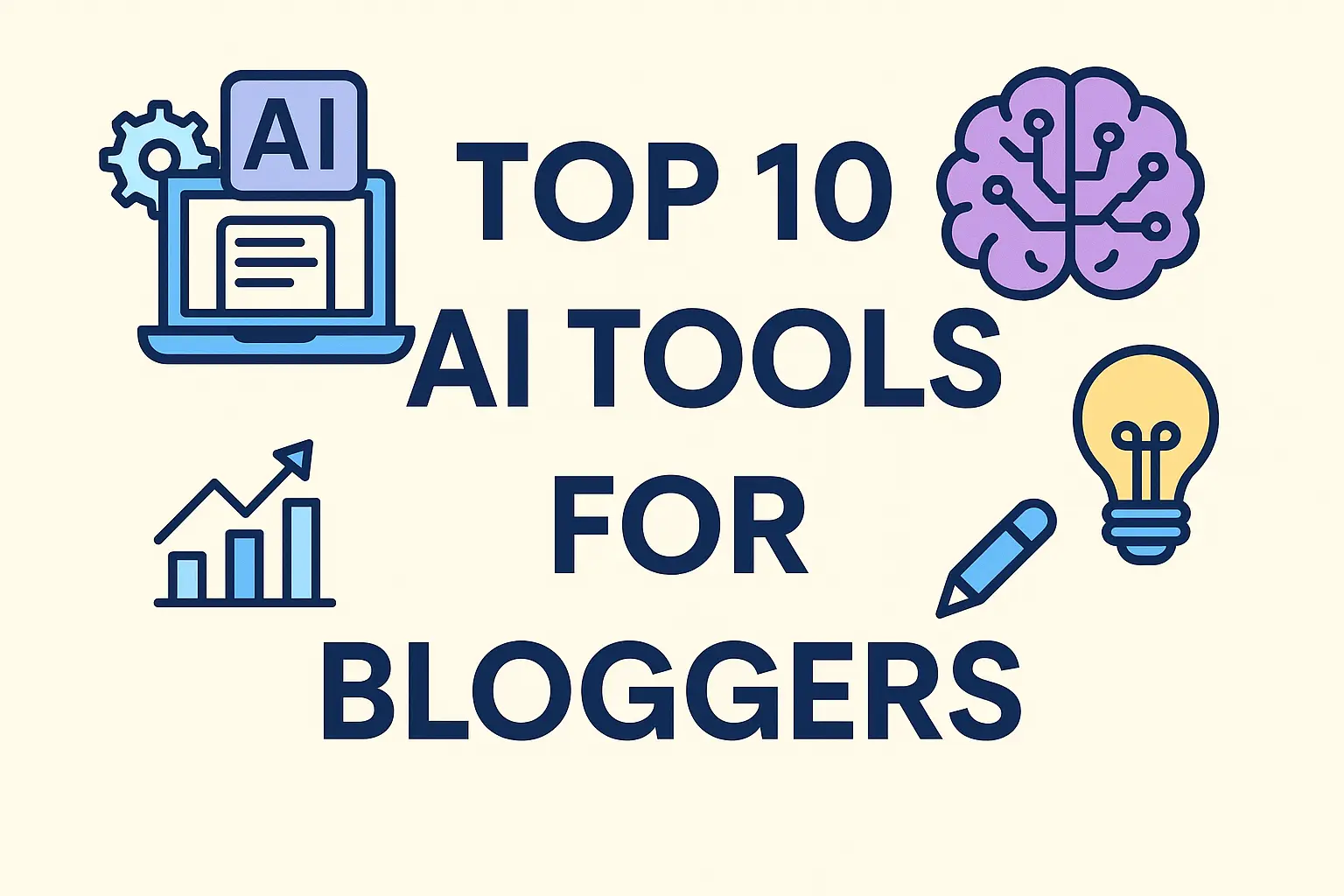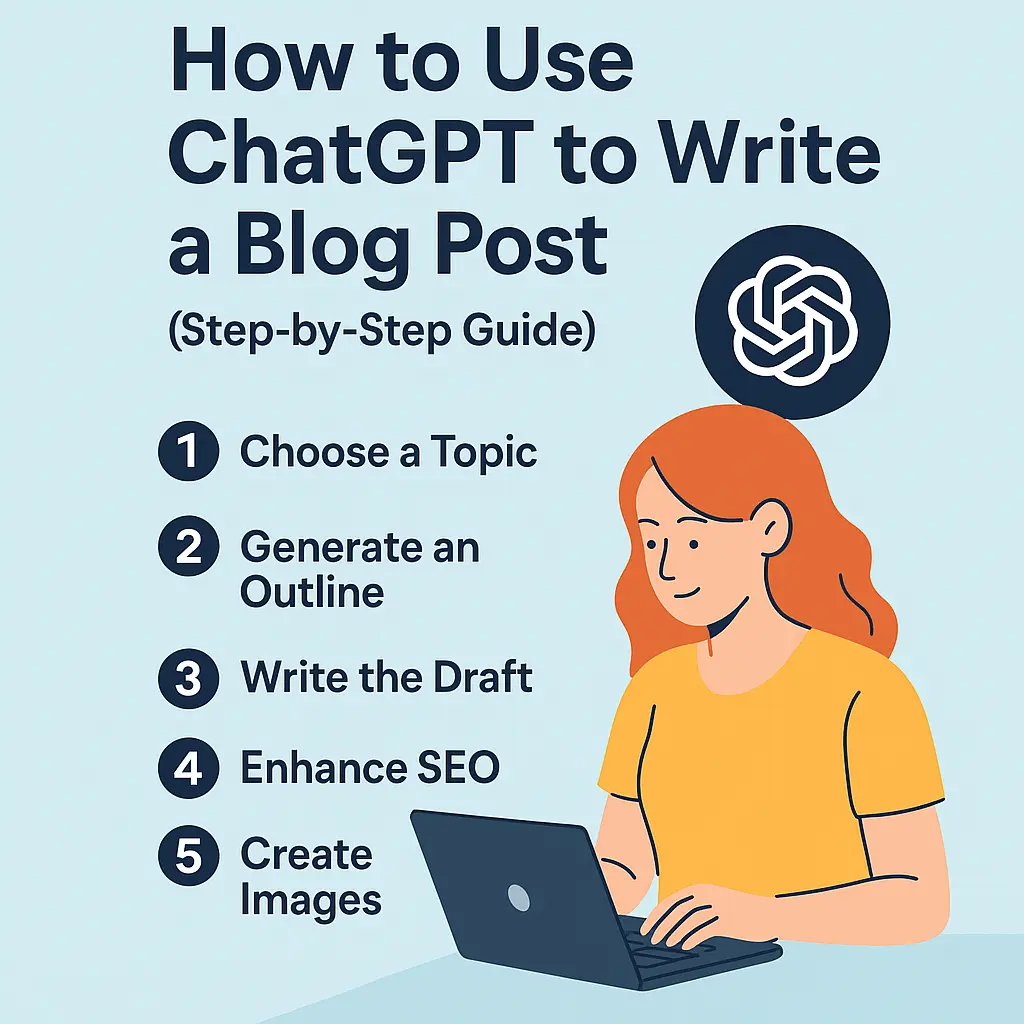In today's digital age, blogging has become a popular means of self-expression, sharing knowledge, and even making a living. If you've always wanted to start your own blogging website but weren't sure where to begin, you're in the right place. In this comprehensive guide, we'll walk you through the step-by-step process of creating your own blogging website from scratch. By the end of this article, you'll have all the knowledge and confidence you need to embark on your blogging journey.
Why Start a Blogging Website?
Before we dive into the technical aspects of creating a blogging website, let's first explore the why behind your decision to start blogging. Understanding your motivations will not only help you stay committed but also shape the direction and content of your blog.
Passion and Interests: Blogging allows you to share your passions, hobbies, and interests with a global audience. Whether you love cooking, travel, technology, or any other subject, there's an audience out there waiting to hear your unique perspective.
Professional Growth: Many bloggers have turned their blogs into successful careers. If you're knowledgeable in a particular field or industry, blogging can establish you as an authority and open up opportunities for freelance work, consulting, or product sales.
Income Generation: While it may not happen overnight, blogging can be a lucrative endeavor. Through methods like affiliate marketing, sponsored content, and selling digital products, you can monetize your blog and create a steady stream of income.
Community Building: Blogging provides a platform for building a community of like-minded individuals who share your interests and values. Engaging with your readers can be incredibly rewarding and fulfilling.
Step 1: Choose Your Blog Niche
The first crucial step in starting your blogging website is selecting your niche. Your niche is the topic or subject matter that your blog will focus on. Here are some tips to help you choose the right niche:
-
Passion and Knowledge: Select a niche that you are genuinely passionate about and have knowledge of. Your enthusiasm will shine through in your writing and keep you motivated.
-
Audience Demand: Research the demand for your chosen niche. Is there a sizable audience interested in the topic? Tools like Google Keyword Planner and trends analysis can help you determine this.
-
Competition Analysis: Check out the competition in your chosen niche. While some competition is healthy, too much might make it difficult to stand out. Find a unique angle or perspective.
-
Monetization Potential: Consider whether your niche has potential for monetization. Will you be able to generate income through affiliate marketing, product sales, or other methods?
Step 2: Choose a Domain Name and Hosting
Once you've settled on your niche, it's time to choose a domain name and hosting for your blogging website. Your domain name is your blog's address on the internet (e.g., www.yourblogname.com). Here are some tips for selecting a domain name:
-
Keep it Memorable: Choose a domain name that is easy to remember and type. Avoid using hyphens or complicated spellings.
-
Reflect Your Niche: Ideally, your domain name should reflect the topic of your blog. This helps visitors understand what your blog is about from the get-go.
-
Check Availability: Use a domain registrar to check if your desired domain name is available. If it's not, you may need to get creative or consider alternative domain extensions.
-
Choose Reliable Hosting: Invest in a reputable hosting provider that offers good performance, security, and customer support. Popular options include Bluehost, SiteGround, and HostGator.
Step 3: Set Up Your Blogging Platform
Now that you have a domain name and hosting in place, it's time to choose a blogging platform. WordPress is the most popular choice due to its flexibility and ease of use. Here's how to set up WordPress:
-
Install WordPress: Most hosting providers offer one-click WordPress installation. Follow the provided instructions to get WordPress up and running on your domain.
-
Choose a Theme: Select a WordPress theme that suits your blog's style and niche. There are thousands of free and premium themes available, so you're sure to find one that fits your vision.
-
Customize Your Site: Customize your website's appearance by adding your logo, changing colors, and configuring layout settings. WordPress offers a user-friendly interface for these tasks.
Step 4: Create High-Quality Content
With your blogging platform set up, it's time to start creating content. High-quality content is the backbone of any successful blog. Here are some tips for creating compelling blog posts:
-
Research: Thoroughly research your topics to provide accurate and valuable information to your readers.
-
Write Engaging Headlines: Craft attention-grabbing headlines that entice readers to click and explore your posts.
-
Use Visuals: Incorporate images, infographics, and videos to enhance your content and make it more visually appealing.
-
Optimize for SEO: Learn the basics of search engine optimization (SEO) to improve your blog's visibility on search engines like Google.
-
Be Consistent: Maintain a regular posting schedule to keep your readers engaged and coming back for more.
Step 5: Promote Your Blog
Creating great content is only half the battle. To grow your audience and establish your blog's presence, you need to actively promote it. Here are some effective ways to promote your blogging website:
-
Social Media: Share your blog posts on popular social media platforms like Facebook, Twitter, Instagram, and Pinterest.
-
Email Marketing: Build an email list and send newsletters to your subscribers with updates, exclusive content, and promotions.
-
Networking: Connect with other bloggers in your niche and collaborate on projects or guest posting opportunities.
-
SEO: Continue to improve your SEO efforts to rank higher in search engine results pages (SERPs).
-
Engage with Readers: Respond to comments and engage with your readers through social media to build a loyal community.
Step 6: Monetize Your Blog
If your goal is to generate income from your blogging website, there are several monetization strategies to explore:
-
Affiliate Marketing: Promote products or services relevant to your niche and earn a commission for each sale made through your affiliate links.
-
Sponsored Content: Partner with brands or companies to create sponsored blog posts or reviews in exchange for payment.
-
Sell Digital Products: Create and sell e-books, online courses, templates, or other digital products related to your niche.
-
Ad Revenue: Display ads on your blog using platforms like Google AdSense to earn money based on clicks and impressions.
-
Membership and Subscriptions: Offer premium content or a membership program for exclusive access and benefits.
Step 7: Engage with Your Audience
Building a loyal and engaged audience is key to the long-term success of your blogging website. Here are some tips for fostering a strong community:
-
Respond to Comments: Take the time to reply to comments on your blog posts to show appreciation for your readers' feedback.
-
Host Q&A Sessions: Consider hosting live Q&A sessions or webinars to interact with your audience in real-time.
-
Ask for Feedback: Encourage your readers to provide feedback and suggestions for future content.
-
Create a Forum or Community: Establish a forum or community platform on your blog where readers can discuss topics related to your niche.
Step 8: Analyze and Improve
As your blogging website grows, it's essential to continuously analyze your performance and make improvements. Use website analytics tools like Google Analytics to track your traffic, user behavior, and conversion rates. This data will help you identify what's working and what needs adjustment.
-
Content Optimization: Based on your analytics, refine your content strategy to focus on topics that resonate most with your audience.
-
User Experience (UX): Pay attention to user experience, making sure your website is easy to navigate and mobile-friendly.
-
SEO Updates: Keep up with SEO trends and update your content and SEO strategies accordingly.
-
Monetization Strategy: Continually explore new monetization opportunities and assess the effectiveness of your current methods.
Conclusion
Starting your own blogging website is an exciting journey that offers countless opportunities for creativity, self-expression, and potentially even income generation. Remember that success in blogging takes time and dedication, so stay patient and persistent. As you create valuable content, engage with your audience, and continually improve your blog, you'll be well on your way to building a thriving online presence. So, go ahead, take that first step, and let your voice be heard in the blogosphere!






